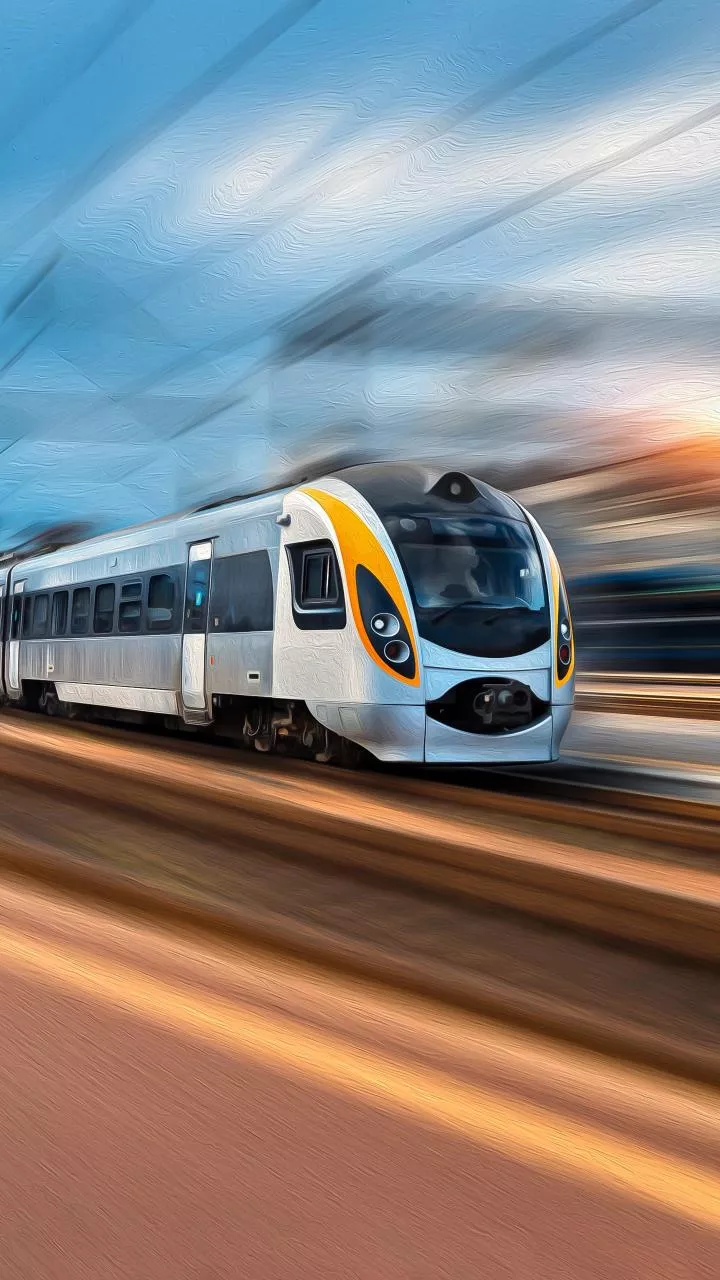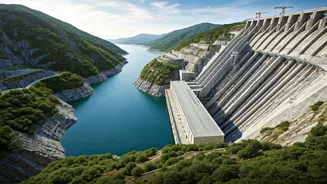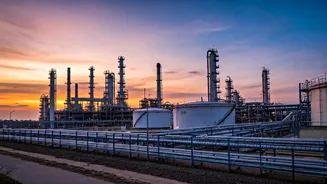Defining the Project
The Golden Quadrilateral 2.0 is a large-scale project designed to improve and expand India's existing highway network. It’s an updated version of the original
Golden Quadrilateral, which connected major cities. The primary goal of the 2.0 version is to build new expressways and upgrade current highways. This includes improving road quality, reducing travel times, and improving safety for travelers. The project is crucial because better transportation infrastructure is key to economic development. Improved highways facilitate the efficient movement of goods and services, which benefits businesses and boosts the economy.
Scale of the Plan
The scope of the Golden Quadrilateral 2.0 is immense. The project entails the construction of many kilometers of roadways, potentially transforming how people and goods move across the country. This undertaking involves extensive land acquisition, engineering challenges, and significant investments. The project’s scale requires complex planning and coordination among various government agencies and private sector partners. Such a massive project requires detailed environmental assessments and mitigation strategies to ensure the impact on local communities and ecosystems is minimized. The overall investment is also substantial, making it a critical element of India's infrastructure spending plans.
Economic Impact Explained
The economic impact of Golden Quadrilateral 2.0 is expected to be significant. Upgraded highways can lower transportation costs for businesses, increasing their competitiveness. This leads to job creation in the construction sector and the related industries. Improved connectivity can also attract more foreign investment by making it easier to transport goods to ports and markets. The project will contribute to regional development by opening up new areas for economic activity. It may also lead to tourism growth, as improved roads make it easier for tourists to visit different destinations. Essentially, the Golden Quadrilateral 2.0 is designed to serve as a catalyst for economic expansion.
Connectivity & Efficiency
The enhanced connectivity provided by Golden Quadrilateral 2.0 is a key benefit. The project will link major cities and industrial hubs, boosting trade and communication across India. Reduced travel times are another significant advantage, with faster transport of both people and freight. This efficiency boost can streamline supply chains and enhance overall productivity. Improved connectivity also aids in better integration of rural areas with urban centers, opening up opportunities for growth in these regions. The updated roads will offer more consistent and reliable travel, which is a major enhancement over the current infrastructure.
Real Estate Boom?
The Golden Quadrilateral 2.0 is likely to influence real estate markets along its routes. Improved transport infrastructure tends to increase property values in areas with easy access to the new highways. This can trigger new real estate development, including residential, commercial, and industrial projects. Investors often show great interest in land along major transport corridors due to their potential for appreciation. The project could also lead to urban sprawl, as people and businesses move further away from city centers because of better transport. Overall, the impact of Golden Quadrilateral 2.0 is likely to be a mixed bag of opportunities and challenges for real estate stakeholders.
Challenges & Considerations
While the Golden Quadrilateral 2.0 holds immense promise, it presents several challenges. Land acquisition can be complex, often involving negotiations and compensation. Environmental concerns must be addressed, like the need to mitigate the project’s impact on natural habitats. Financial planning is crucial, as projects of this magnitude require significant capital. Infrastructure projects of this size often experience delays. Effective project management is vital to ensure that timelines are met and costs are managed efficiently. Moreover, addressing the needs of local communities and integrating them into the project is important to gaining public support.
Future Implications
The Golden Quadrilateral 2.0 will significantly influence India's future. It will redefine the nation's transport network and contribute substantially to its economic progress. The project will probably attract more investment, both domestic and foreign. The improved roads will boost trade, making India a stronger player in the global market. The overall standard of living can improve as people gain access to jobs, education, and healthcare more easily. The initiative is a strong indicator of India's commitment to modernization and infrastructure development. The success of Golden Quadrilateral 2.0 will set a precedent for future infrastructure projects in the country.
















